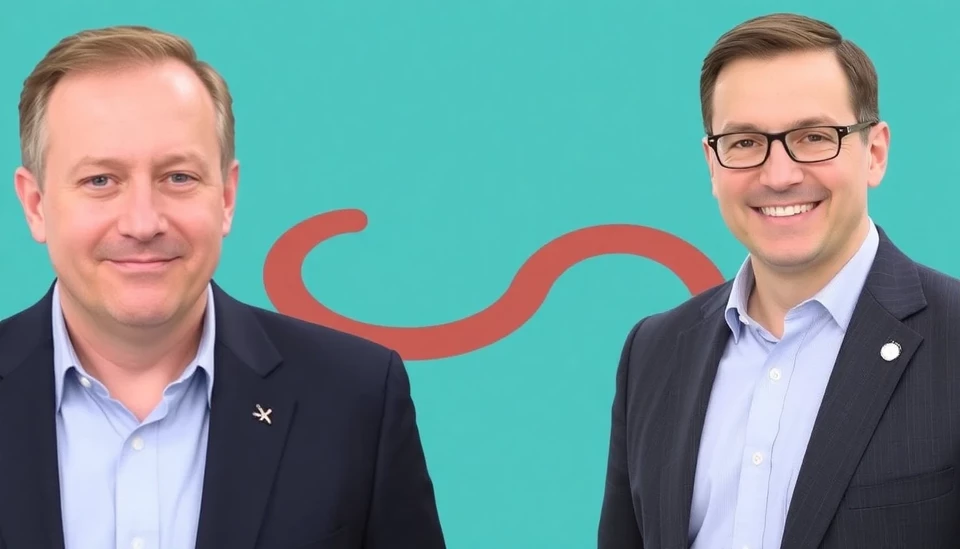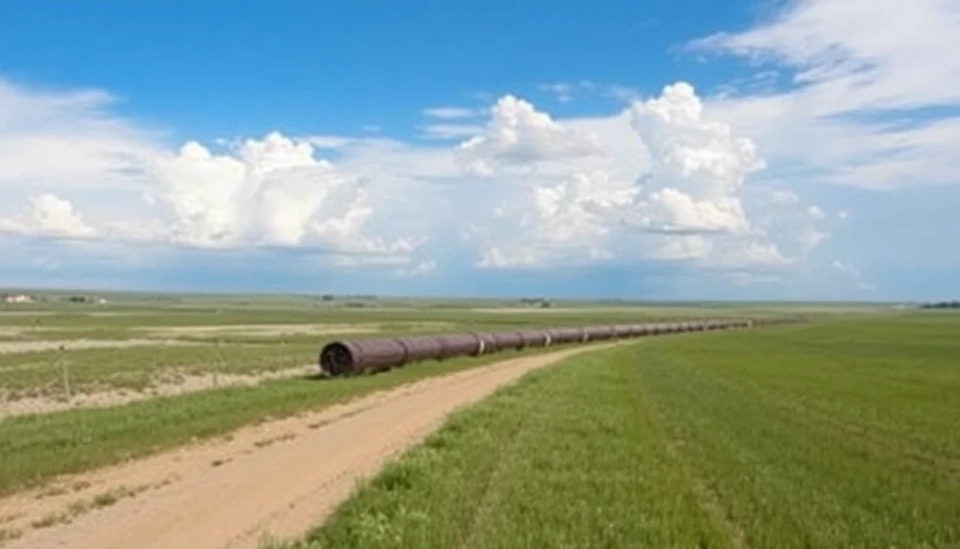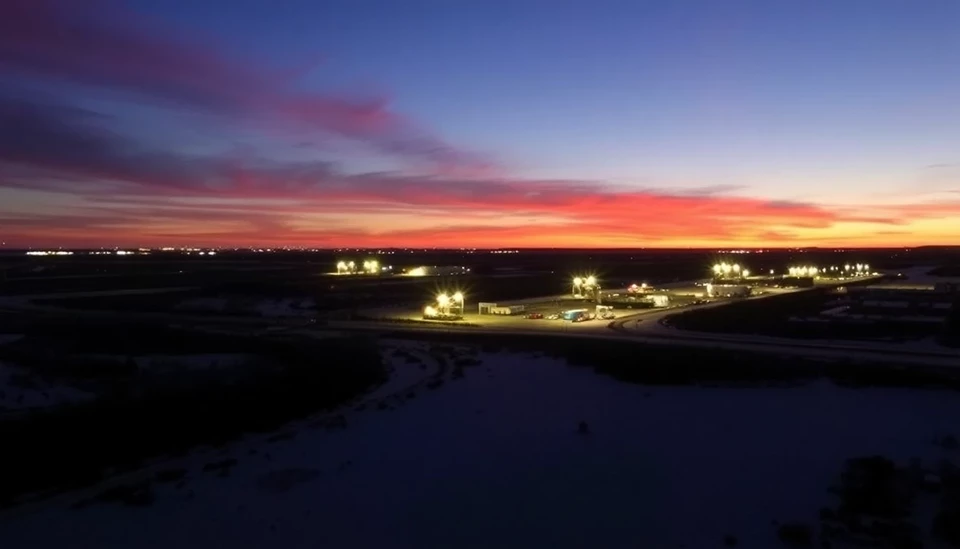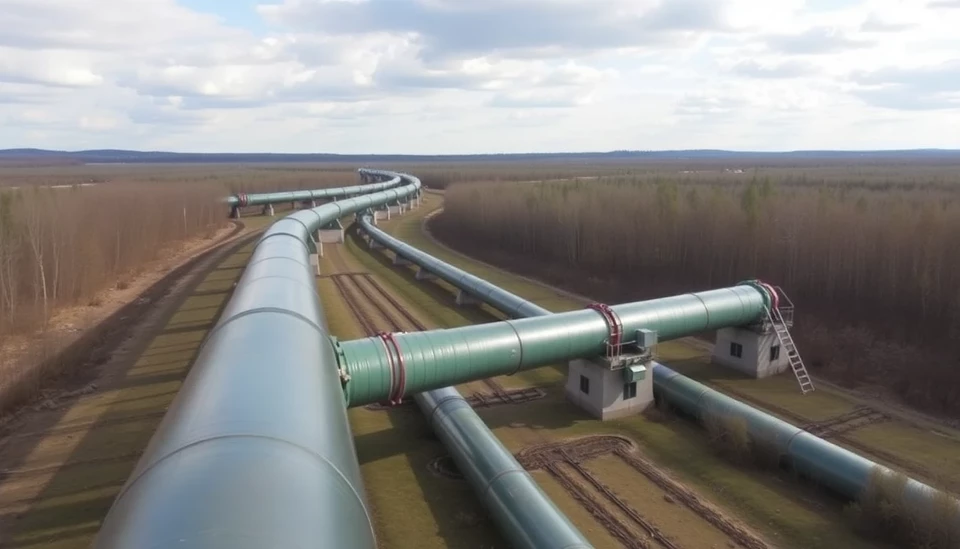
In a significant turn of events, the U.S. Pipeline and Hazardous Materials Safety Administration (PHMSA) is facing mounting pressures due to an alarming exodus of senior officials. This departure of key leadership figures comes at a time when the agency is already grappling with a multitude of challenges related to safety, regulations, and increased scrutiny from various stakeholders. The implications of this leadership upheaval could profoundly affect the country's energy infrastructure and regulatory landscape.
Reports indicate that top officials, including seasoned executives with extensive experience in the pipeline safety domain, have opted to leave their positions at PHMSA, raising concerns about the agency's ability to effectively enforce safety protocols and adapt to emerging industry dynamics. The departures are symptomatic of broader issues within the agency and have raised questions about governance and organizational stability.
This exodus coincides with an ongoing debate in Congress regarding the future of U.S. energy policy and regulatory oversight. Lawmakers are scrutinizing the federal government's approach to pipeline safety, especially in light of several high-profile incidents that have drawn media attention and public ire. With the landscape for energy shifting, especially towards renewable resources, the pressure is on PHMSA to adapt and respond to these changes without losing its core focus on safety.
In the wake of these departures, industry insiders are expressing concerns that PHMSA may struggle to maintain robust oversight of the pipeline sector, which plays a critical role in the transportation of oil and gas across the nation. The agency is tasked not only with safeguarding public safety but also ensuring environmental protections in transit operations. The lack of experienced leadership may hinder its effectiveness in both capacities.
Moreover, the turnover at PHMSA has also sparked discussions about potential reforms within the agency itself. Stakeholders are advocating for a reevaluation of internal practices and personnel policies that could better support retention and attract new talent to bolster the agency's effectiveness. The challenge lies in creating an environment that cultivates expertise while navigating the pressures of an evolving energy landscape.
As the situation develops, all eyes are now on how PHMSA manages this transitional phase and the impact it will have on regulatory practices in the U.S. The significance of stable leadership cannot be overstated, particularly in an agency that has the responsibility of overseeing complex systems critical to national energy security.
In conclusion, the current turmoil at the PHMSA could potentially change the dynamics of pipeline regulation in the U.S., with far-reaching consequences for safety and environmental protection. The agency’s future direction, amidst leadership changes and political scrutiny, remains uncertain, and industry stakeholders will be keenly observing the outcomes of this significant moment in regulatory history.
#pipeline #safety #PHMSA #energy #regulation #leadership #exodus #environmental #protection #energy #infrastructure
Author: Peter Collins




